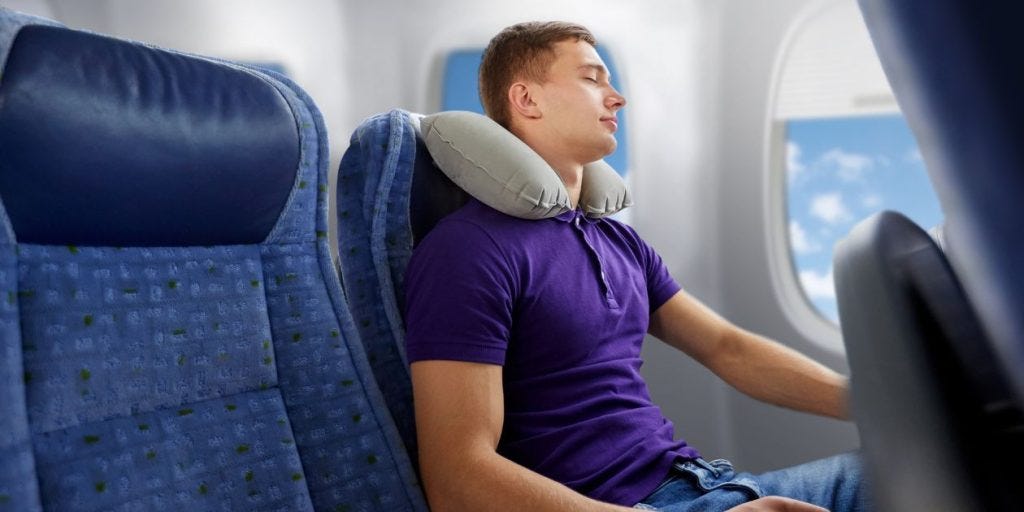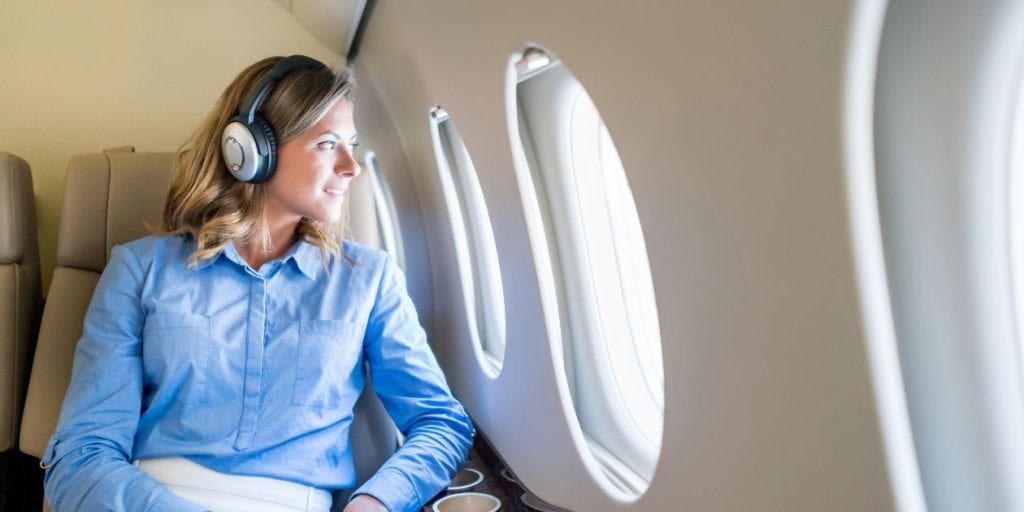Reasons Why You Do Not Fly After Hyperbaric Oxygen Therapy
Here’s why it’s best to wait before catching your next flight.
This is an important question that is asked by people who understand how sudden changes in pressure may be hazardous to health.
To answer this, let’s start by looking at what HBOT is and why it’s beneficial. In hyperbaric oxygen therapy, you breathe pure oxygen in a pressurized environment. This process greatly enhances oxygen delivery to your tissues and can even boost stem cell production.
This situation of breathing in pure oxygen in a pressurized environment is not too different than what happens in deep sea diving, and life-threatening situation do occur when you go diving and are not educated on these dangers.
Who Am I?

I am Dr. Mark Chern, the author of this article. In the past year, I have been researching potential interventions for improving brain function as it relates to dementia and Alzheimer’s disease.
One of the interventions I have been exploring is hyperbaric oxygen therapy, which I have been using on myself and documenting in my website, reversebrainage.com
I use a hard case hyperbaric oxygen chamber at a pressure of 2.0 ATA. This is akin to placing myself 10 meters (or 33 feet) underwater — and then breathing in pure oxygen.
Read on to delve deeper into this important question: Is it safe to fly after hyperbaric oxygen therapy (HBOT)?
How is Sitting On An Airplane Similar to Underwater Diving?
The principles of HBOT are somewhat analogous to underwater diving. When diving deep, divers must ascend slowly to avoid decompression sickness, also known as “the bends.” This condition occurs when nitrogen, absorbed into the bloodstream under pressure, forms bubbles if the diver ascends too quickly.
Air we breathe consists of about 78.09% nitrogen, 20.95% oxygen, 0.93% argon, and 0.04% carbon dioxide. Normally, we inhale about 21% oxygen and 78% nitrogen.
In HBOT, patients breathe 100% oxygen, eliminating the nitrogen that is present in normal air. This is crucial because nitrogen can pose risks when flying after HBOT.
Also read: My First 5 Days In Hyperbaric Oxygen Chamber
When Should I Take the Flight?
To minimize risks, it’s best to follow guidelines similar to those for scuba diving. The recommendation is to wait at least 12 hours after your last HBOT session before flying. For added safety, waiting a full 24 hours is advisable. This precaution helps ensure that your body has enough time to adjust and that any potential risks are minimized.
Guidelines for Air Travel
If you’ve been breathing 100% oxygen during HBOT, your nitrogen load is effectively zero. In this case, you can safely board a flight immediately after treatment without increased risk. However, the situation gets trickier if you’ve been exposed to mixed gases.
For example, if you were breathing in almost-pure oxygen (like 80% or 90%) through a mask, you might have also inhaled some ambient air containing nitrogen. This makes it harder to assess your nitrogen load accurately.
Also read: Can Hyperbaric Oxygen Therapy Cure PTSD?
Wrapping Up
In summary, while hyperbaric oxygen therapy can provide numerous benefits, it’s essential to be mindful of the timing of your flights after treatment. Always consult with your healthcare provider to ensure you’re making the safest choices for your health. If you have travel plans during your hyperbaric protocol, be sure to follow the recommended guidelines to enjoy your journey without any worries!
Oh Yes, Even Before You Think Of Air Travel...
Before even thinking about whether flying after HBOT, it can be useful to understand what the first experience may feel like, and how to avoid the mistakes I first made!
In the video below, I share about my earliest experiences with the hyperbaric chamber. Watch to learn about my 3 rookie mistakes!
FAQs
What to do after HBOT?
After hyperbaric oxygen therapy (HBOT), it's important to prioritize rest and recovery. Patients should hydrate adequately, follow any specific post-treatment guidelines provided by their healthcare provider, and avoid strenuous activities for a short period. Engaging in gentle movements, such as walking, can help promote circulation without overexertion. Additionally, maintaining a balanced diet can support overall recovery and healing.
How long do HBOT effects last?
The effects of hyperbaric oxygen therapy can vary from person to person and depend on the condition being treated. Some individuals may feel immediate benefits, while others might notice improvements over several days or weeks. Generally, the positive effects of HBOT can last for weeks to months, but ongoing treatment may be necessary for chronic conditions to maintain and enhance these benefits.
Can you exercise after HBOT?
Light exercise is generally encouraged after HBOT, as it can promote circulation and overall recovery. However, it's advisable to avoid intense workouts or strenuous activities immediately following a session, as your body may need time to adjust.
What is the downside of hyperbaric oxygen therapy?
While hyperbaric oxygen therapy is generally safe, there are potential downsides and risks. Some patients may experience side effects such as fatigue, light-headedness, or ear discomfort due to pressure changes. In rare cases, more serious complications like oxygen toxicity or barotrauma can occur.
Can I do HBOT every day?
Yes, many patients can safely undergo hyperbaric oxygen therapy every day, especially for acute conditions or during the initial treatment phase. However, the frequency of sessions should be tailored to individual needs and medical advice. For chronic conditions, a treatment plan may involve multiple sessions per week, gradually tapering off as improvements are observed.






